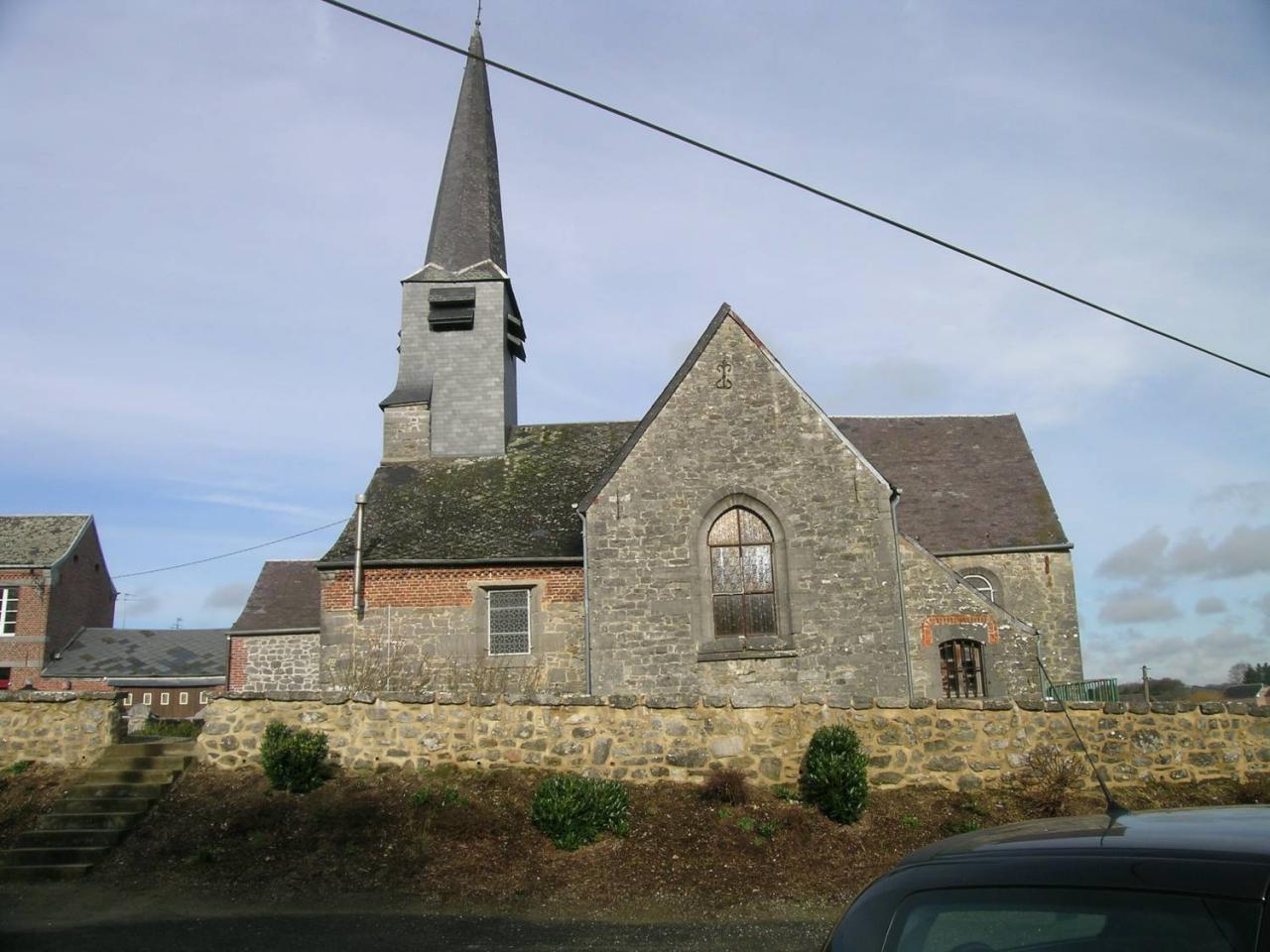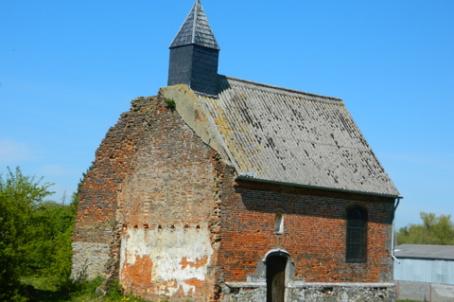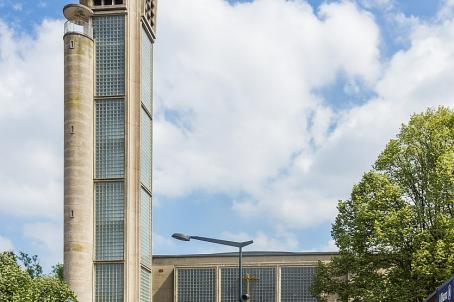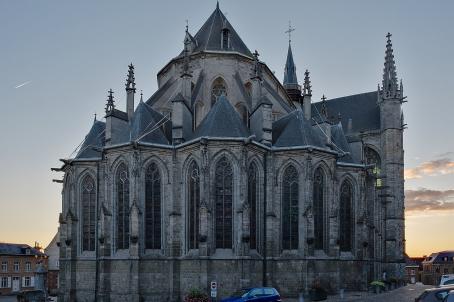Church of Saint-Maurice

Located in the village of Dimechaux in the Avesnois, the Saint Maurice church dates from the 12th century. From the fifteenth to the twentieth centuries, it underwent a large number of transformations and restorations. At the heart of this Gothic Gothic building is a funerary stone dating from 1317 which contains the burial places of Chevalier Jean de Courtrai and his wife Katherine.
About this building
The Church of Saint Maurice is located in the charming village of Dimechaux, in the Avesnois. The building, which depended on the Abbey of Aulne, dates from the twelfth century and was built to honor the memory of the lords of Kortrijk.
Over time, the Saint Maurice church has undergone several transformations, being remodeled and enlarged in the 15th and 16th centuries, and restored successively in the 19th and 20th centuries.
Currently, the church, built in the shape of a Latin cross, presents Gothic architecture, and is made of a brick and stone compound typical of the region of Avesnois. It includes a nave, a transept and a flat chevet. Its bell tower, located above the facade, ends with a polygonal spire. A projecting construction surrounds the entrance gate, acting as a narthex (vestibule).
Within the building is a funerary stone dating from 1317 and classified as a Historic Monument; it contains the burial places of Chevalier Jean de Courtrai and his wife Katherine. The image of the couple is represented on the stone, surrounded by a still legible epitaph.
The church is under the patronage of Saint Maurice, a martyred officer of the Theban legion who lived in the third century and under whose protection are placed orders of chivalry.





